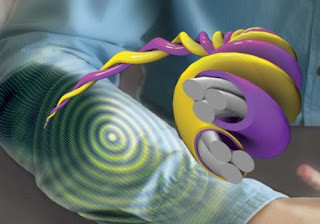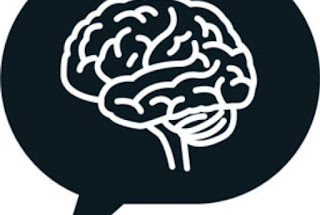Although scientists have learned
a lot about the brain in the last few decades, approaches to treating mental
illnesses have not kept up. As neuroscientists learn more about brain circuits,
a Stanford psychiatrist foresees a time when diagnoses will be based on brain
scans rather than symptoms. It was really not until about 10 years ago that mental
health professionals started realizing how little difference we have made.
There are a few fundamental issues and mistakes we’ve made. One is that in the
absence of knowing what the causes of the illnesses that we treat are, we focus
on the symptoms, and that has already led us down the wrong path.
Realizing that errors has
coincided with the era of imaging, and even more recently with the really
exciting focus on individual subject analyses. We understand behavior is
essentially underpinned by brain circuits. That is, there are circuits in the
brain that determine certain types of behaviors and certain types of thoughts
and feelings. That’s probably the most useful way of organizing brain function.
If you can start characterizing circuit disruptions for compensatory symptoms
at an individual subject level and then link that to how you can provide
interventions, then you can get away completely from diagnoses and can
intervene with brain function in a directed way.
More information:






